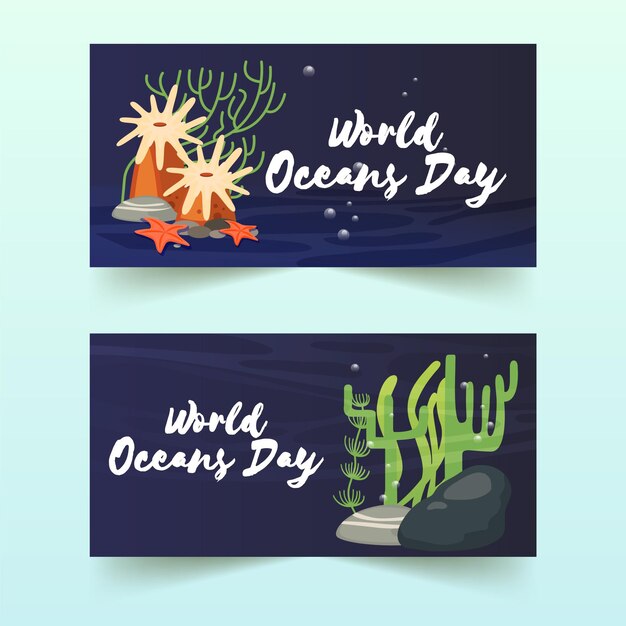Curious Facts About Coral

Coral reefs are the rainforests of the ocean.
Coral polyps are tiny animals that create coral structures.
Coral can take hundreds of years to form.
Coral reefs are home to more than 25% of all marine life.
Coral reefs are some of the most diverse ecosystems on Earth.
Coral reefs provide a natural barrier against storms and erosion.
Coral bleaching is a phenomenon where corals lose their vibrant colors.
Climate change is causing widespread coral bleaching.
Coral reefs are more than just pretty underwater landscapes; they are vital for the livelihoods of millions of people.
Coral reefs are valuable sources of new medicines and treatments.
The Great Barrier Reef in Australia is the largest coral reef system in the world.
The Great Barrier Reef can even be seen from space!
Coral reefs are excellent indicators of the health of our oceans.
Coral reefs are threatened by pollution, overfishing, and coastal development.
Coral reefs are like underwater cities, bustling with life and activity.
Coral polyps have a symbiotic relationship with algae, which provides them with food and color.
Some types of coral can glow in the dark.
Coral reefs are a popular destination for divers and snorkelers.
Deep-sea corals can survive in extreme conditions and live for thousands of years.
Coral is used in jewelry and home decor.
Coral reefs are formed by the accumulation of the skeletons of coral polyps.
Curious Facts About Coral part 2
Coral reefs help protect coastlines from erosion and minimize the impact of waves during storms.
Coral reefs are often referred to as the rainforests of the sea due to their high biodiversity.
Coral reefs are affected by ocean acidification, which is caused by the increased absorption of carbon dioxide by the oceans.
Coral reefs are a major tourist attraction, contributing to local economies.
Coral reefs are important breeding grounds for many fish and marine species.
Some coral species can reproduce by releasing clouds of eggs and sperm into the water.
Coral reefs can be found in tropical and subtropical waters around the world.
Coral reefs can grow up to a rate of 0.3 to 2 centimeters per year.
Coral reefs are fragile ecosystems that require delicate balance to thrive.
Coral reefs are dying at an alarming rate due to human activities.
The Great Barrier Reef is home to more than 1,500 species of fish.
Coral skeletons can provide valuable information about past climate conditions.
Coral reefs face significant challenges due to rising sea temperatures and ocean acidification.
Coral reefs are important cultural and spiritual symbols for many coastal communities.
Coral reefs are living organisms that need sunlight to survive.
Some species of coral can change their sex depending on environmental conditions.
Coral polyps are nocturnal creatures, feeding mostly at night.
Coral reefs are ancient structures, with some dating back millions of years.
Coral reefs are vital for the tourism industry in many coastal regions.
Coral reefs act as natural barriers against storm surges and protect coastal communities from flooding.
The Coral Triangle, located in the western Pacific Ocean, is the most biodiverse marine region on Earth.
Coral reefs are important for the global carbon cycle, as they absorb and store significant amounts of carbon dioxide.
Coral reefs are home to fascinating and colorful species, such as clownfish and sea turtles.
Coral reefs are an ecosystem worth protecting for future generations to enjoy.

